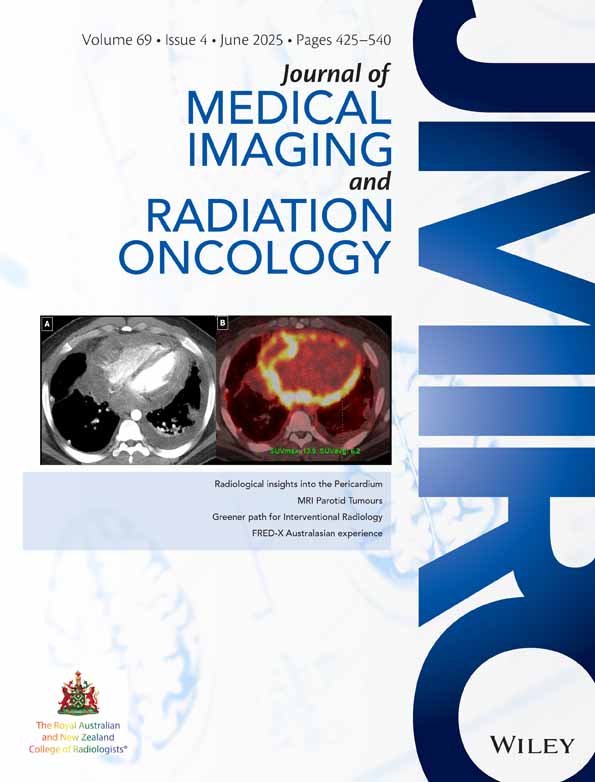Physiological Zonal Anatomical Variation and Distribution of PSMA Activity Within the Prostate on PSMA PET: A Study of 93 Prostatectomy Specimens Correlated to MRI and Histology
ABSTRACT
Introduction
This study aims to describe and quantify the normal physiologic zonal variation of PSMA expression within the prostate gland on 18F-DCFPyL-PSMA-PET imaging with histopathologic correlation, to aid in the accurate diagnosis of central zone (CZ) lesions. We also aim to quantify a normal range of CZ avidity and identify normal cut-off values below which CZ uptake can be safely considered physiologic.
Method
Prostate MR and 18F-DCFPyL-PSMA-PET imaging studies were assessed along with the review of histopathology for 93 consecutive patients who underwent radical prostatectomy for prostate cancer. Prostate MR and PSMA PET data sets were fused with standardised volumes of interest (VOI) placed on each zone (CZ, PZ & TZ) bilaterally based on MR T2 sequence prostate zonal anatomy. SUVmax and SUVmean values for each VOI were measured. Semi-quantitative histopathological correlation was performed for ten selected cases. The CZ, TZ and PZ in each sample were assessed for PSMA receptor density and graded by staining intensity and the percentage of cells staining with this level of intensity.
Results
A higher intensity of PSMA uptake was seen with respect to both SUVmax and SUVmean in the CZ compared to both the PZ and TZ. Histological analysis also provided concordant results, providing direct cellular surface correlation to the imaging findings.
Conclusion
Increased physiological PSMA expression (and thus molecular PSMA intensity) on PET/CT was seen in the CZ. This knowledge will improve confidence during interpretation of intra-prostatic findings on staging or restaging PSMA PET/CT studies.
Conflicts of Interest
The authors declare no conflicts of interest.
Open Research
Data Availability Statement
The data that support the findings of this study are available from the corresponding author upon reasonable request.




